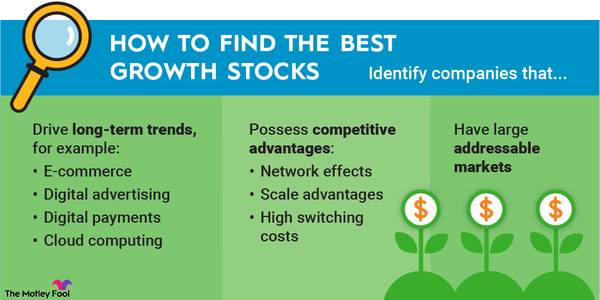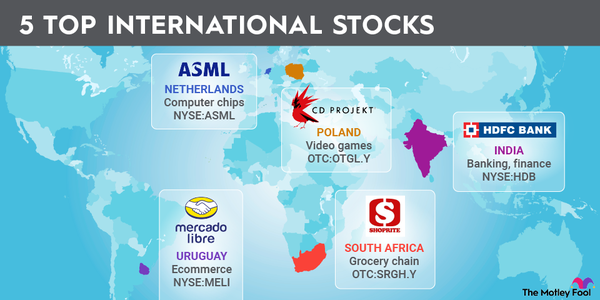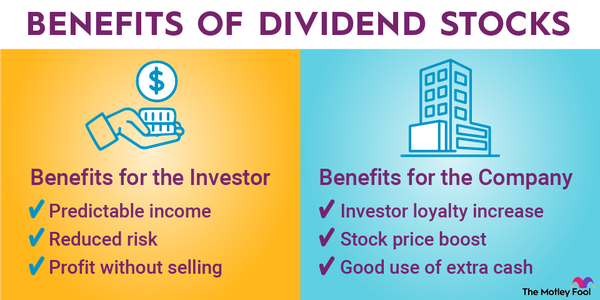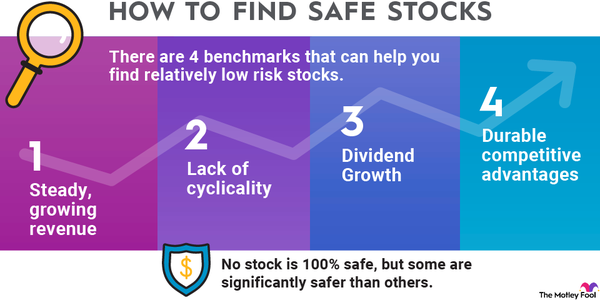Meme stocks became all the rage among retail investors during the COVID-19 pandemic. Meme stocks are created when a company's shares catch fire with individual investors on social media platforms such as Reddit and quickly skyrocket in price. But, as many traditional investors and analysts point out, these viral stocks can be very risky since they rely on high interest from small investors to sustain the stock prices' liftoff "to the moon."
However, simply writing off all meme stocks as too risky can be a mistake. For the right person, investing in the right meme stock for the right reasons can make a lot of sense.

What are they?
What are meme stocks?
Meme stocks are a battleground. More traditional investors decry the lack of business fundamentals and strong performance to justify sharp surges in stock price. On the other hand, as individual investors point out, given enough support from the masses, a climbing stock price (regardless of current fundamentals) can eventually equate to a stronger business. This comes from renewed consumer interest, along with a rebounding share price or the raising of fresh cash through capital markets when the stock price rises.
What exactly are meme stocks?
Simply put, meme stocks skyrocket in price in a short period (often hours or days) because of a sudden surge in interest online or on social media and subsequent buying among small individual investors. These short-term surges can often reverse course just as quickly, though, making meme stocks far more volatile than average stock market moves.
The word "meme," from the ancient Greek word "mimema" -- meaning imitation -- is used to describe information that is imitated and often spread via pop culture references on social media. Thus, a meme stock is a shared investing idea imitated by other investors.
Top meme stocks
Top meme stocks right now
Now in year three of the movement, new meme stocks are being created all the time as individual investors look for new ways to beat the stock market. Here are five to do some more digging on (beyond arguably the two most famous meme stocks — video game retailer GameStop (GME -6.59%) and the world's largest movie theater chain AMC (AMC -6.79%).
| Company | Market Cap | Company Description |
|---|---|---|
| Rivian Automotive (NASDAQ:RIVN) | $10.3 billion | EV company ramping up sales of its electric SUV and pickup trucks. |
| Blackberry (NYSE:BB) | $1.7 billion | Smartphone darling of the 2000s turned software company. |
| SoFi Technologies (NASDAQ:SOFI) | $7.6 billion | Fast growing online banking, lending, and investment services. |
| Palantir (NYSE:PLTR) | $50.9 billion | Software company specializing in big data, AI, and digital transformation. |
| Virgin Galactic (NYSE:SPCE) | $496.1 million | A former SPAC stock and aspiring pioneer in space tourism and travel. |
1. Rivian Automotive
Rivian is currently in the midst of "production hell," a phrase coined by Tesla CEO Elon Musk when his company was trying to ramp up factory production to stem cash losses. Rivian has had hiccups getting its R1T electric truck out the door, but it's making progress.
At this point, it's a race against the clock. Its (free cash flow was negative $1.8 billion in Q1 of 2023. Rivian needs to get itself to breakeven before its cash and short-term investment balance ($11.2 billion at the end of March 2023) dries up.
2. Blackberry
This Canadian company is known for pioneering the smartphone, but it quickly went by the wayside when Apple revolutionized the space. These days, Blackberry is a software firm providing endpoint security software and other Internet of Things management products for customers such as the auto industry.
3. SoFi Technologies
SoFi's financial services -- all unified together via a singular app -- got its start in the student loan niche of the industry. But since becoming a public company, the fintech stock favorite has gotten aggressive, expanding its reach and has added a few million new customers in recent years. As with other fast-moving businesses, SoFi's biggest hurdle now is how quickly it can focus on breakeven.
4. Palantir
A member of the hot 2020 IPO stock class, Palantir quickly gained a large investor following after making its public debut. The company builds enterprise big data and AI software that helps organizations update their operations for a digital era. Palantir has concentrated exposure working for government entities, but it's quickly working to expand further into the private sector.
5. Virgin Galactic
Virgin Galactic was the first special purpose acquisition company (SPAC) deal struck by former Meta Platforms (NASDAQ:FB) executive Chamath Palihapitiya. The company, founded by Richard Branson, is part of a new billionaire-backed space race with Jeff Bezos' Blue Origin and Elon Musk's SpaceX. Virgin Galactic is conducting science research flights. It's eyeing more general commercial "space tourism" voyages for a hefty ticket price of $450,000 per seat later in 2023.
What started the movement?
What started the meme stock movement?
The meme stock movement unofficially started in the summer of 2020, when most people were stuck at home during the first few months of the pandemic. Looking to turn some of that extra free time into money, many people turned to the stock market and social media for ideas.
Video game retailer GameStop is recognized as the first meme stock. RoaringKitty (aka, Keith Gill) started sharing his views about GameStop stock on Twitter, YouTube, and the subreddit r/wallstreetbets in 2019, explaining why a combination of high short interest from short sellers (firms that bet against a company) and an undervalued and underappreciated GameStop business could lead to huge gains. Add in a pandemic, a surge in new investors who grew up online, and the ease of stock trading on new apps such as Robinhood Markets (HOOD -4.34%), and all the right ingredients came together to create a viral meme stock movement.
Pros and cons
Pros of meme stocks
Because a surge in buying activity can send a stock price soaring, there are some benefits to owning meme stocks (and potential meme stocks before they rocket higher).
- A chance for very high returns in a short period.
- An ownership stake in a new investment idea before the rest of the market gets wind of it.
- A young generation raised on social media has decades of prime investing ahead of them, so the meme stock movement could be here to stay.
Cons of meme stocks
As with other highly volatile investments (such as the related cryptocurrencies movement), there are drawbacks to betting on meme stocks.
- As with other moments of viral skyrocketing stock prices, the meme stock trend may not last forever -- especially as some traders return to work and spend more time away from home.
- Short-term stock prices are driven by supply and demand, so price moves are unpredictable and can lead to quick losses.
- Some meme stocks don't trade on any fundamentals, and returns can suddenly reverse course, causing the company to lose its luster among individual investors.
Identifying long-term meme stocks
How to identify a good long-term meme stock
If you're an investor looking for a longer-term holding (think years rather than days, weeks, or months), there are some important factors to consider before buying a meme stock. Some business fundamentals and economic trends can go a long way toward balancing out what can be fleeting social media trends or hopes of a short-term short squeeze.
- A company with great fundamentals such as stable or growing revenue, healthy profit margins, and a solid balance sheet (i.e., more cash and equivalents than debt).
- Great fundamentals aren't required, but if a business is struggling, an actionable plan to improve its financial results over time can do a lot to help sustain stock price growth.
- If a company has suddenly reached meme stock status and management has yet to comment on what it will do with its newfound strength, look for a business that can benefit from strong secular growth trends (such as technology).
Related investing topics
Should you invest?
Investing in meme stocks and ETFs
Even with meme stocks, the old adage, "Don't put all your eggs in one basket," still rings true. The good news is that meme stocks come from all nooks and crannies of the stock market, so it's possible to build a diversified portfolio of holdings that can catch a tailwind from various places.
If you're not interested in building and managing your own portfolio of meme stocks but still want some exposure to the movement, there are some ETF solutions to help. One example is the VanEck Social Sentiment ETF (BUZZ -2.89%), an actively managed portfolio of 75 stocks that rank high in social media conversations. Top holdings in the portfolio include GameStop, AMC, and Palantir. This ETF has an annual expense ratio of 0.75% (meaning it costs $75 per year for every $1,000 invested). Other meme stock ETFs are on the way, too.
Meme stocks lure investors with the promise of potentially big returns in little time. However, for those seeking sustainable long-term gains (the way real multigenerational family wealth is built up), look to build a portfolio of multiple meme stocks that have more than just a one-off chance of providing returns. Bear in mind that meme stocks can be especially volatile, so plan accordingly and be prepared to continue investing more over time.































